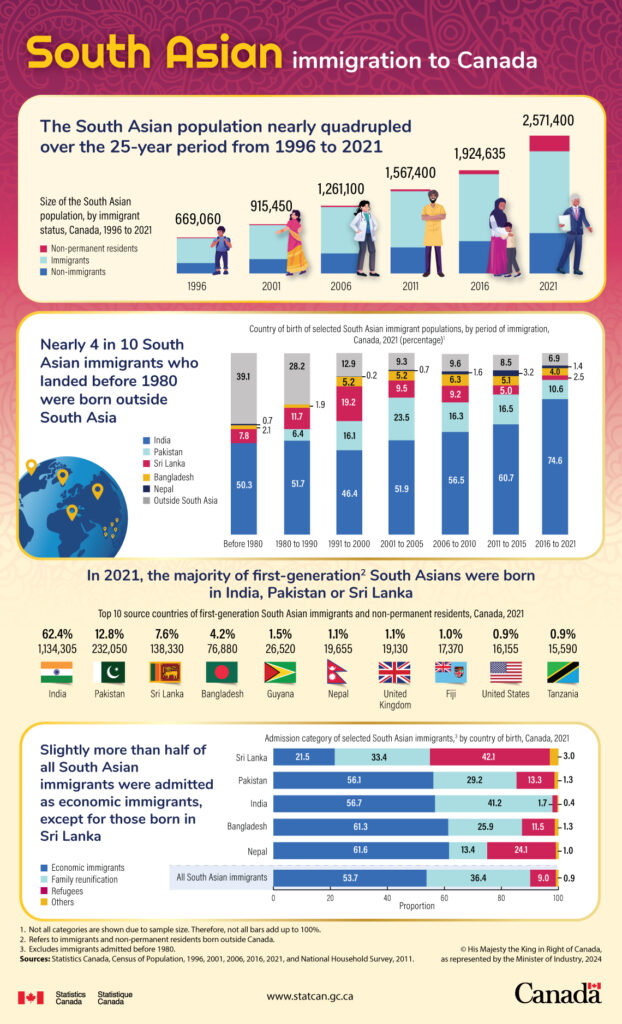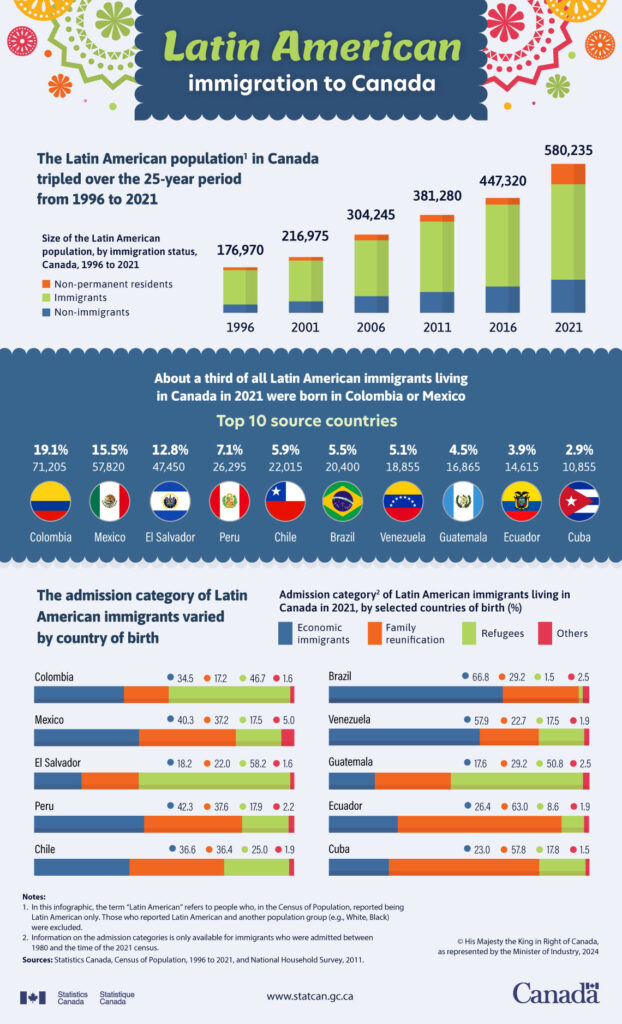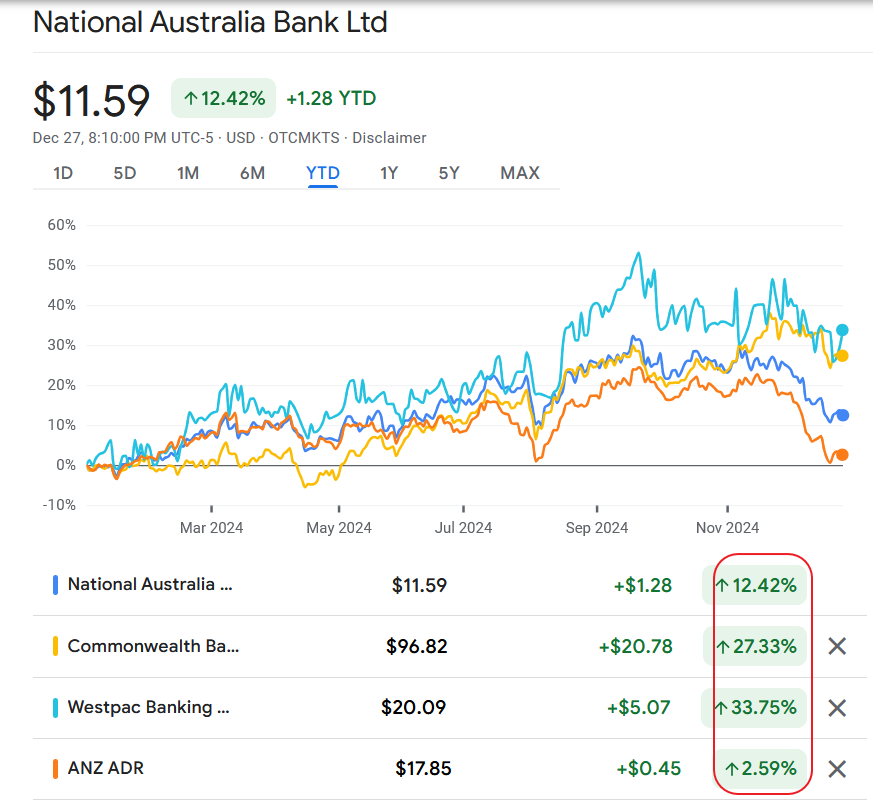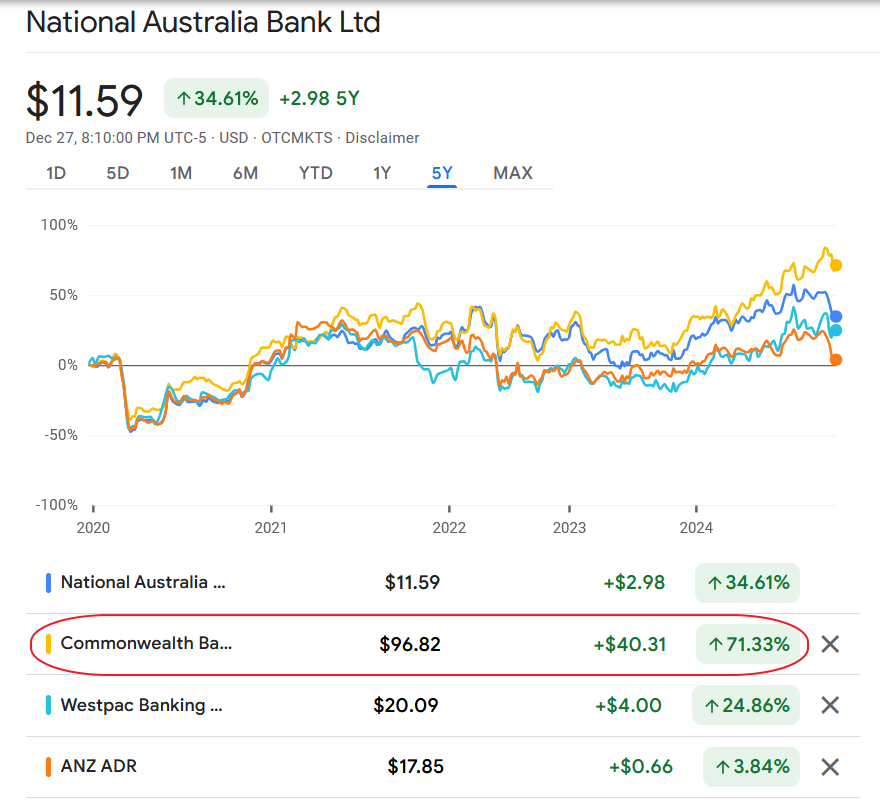In an earlier post we looked at the Latin American immigration to Canada. The following infographic shows some interesting facts on South Asian immigration to Canada. The top source country for South Asian immigration is India followed by Pakistan and Sri Lanka.
Click to enlarge
Source: Statistics Canada





